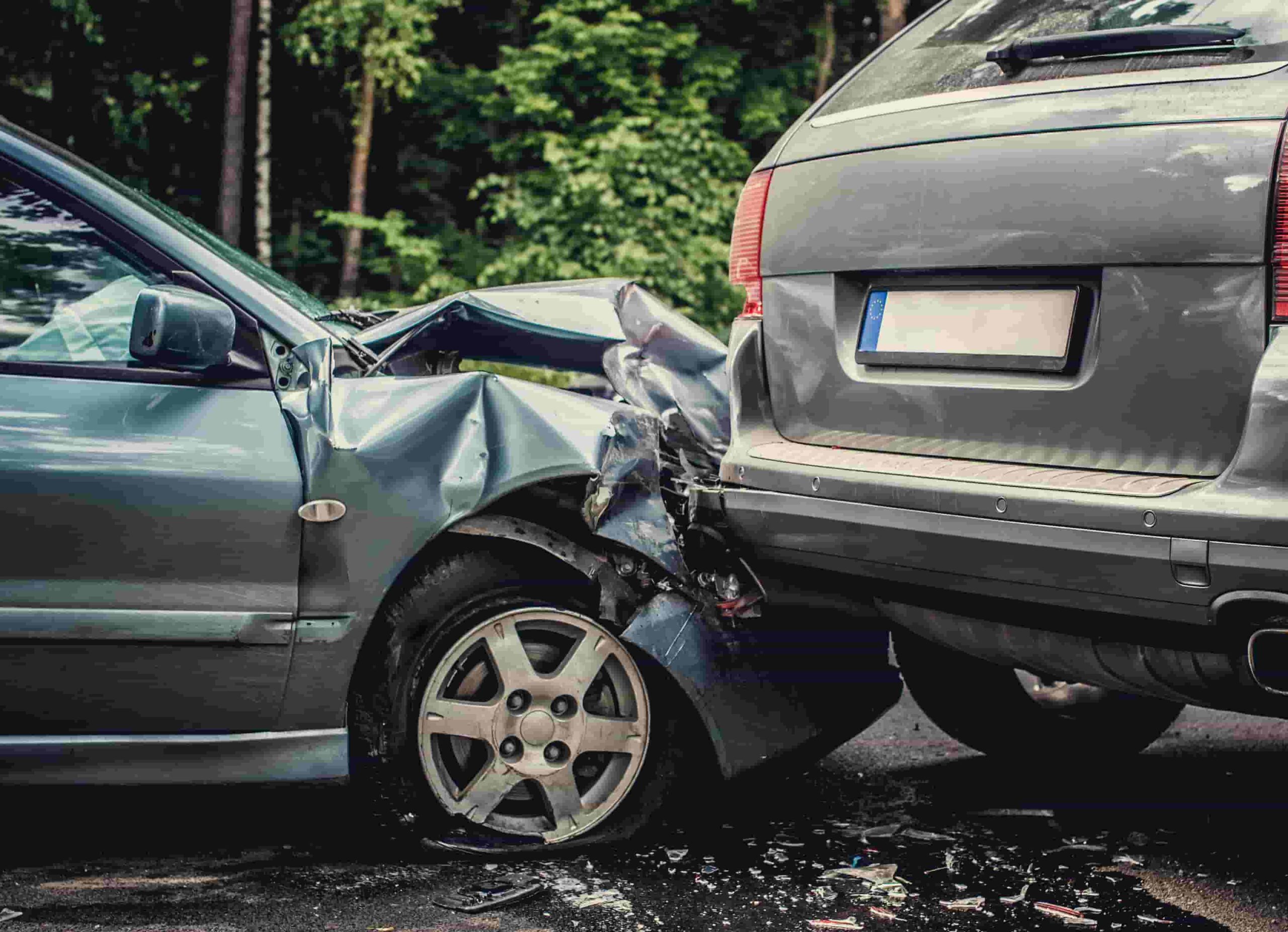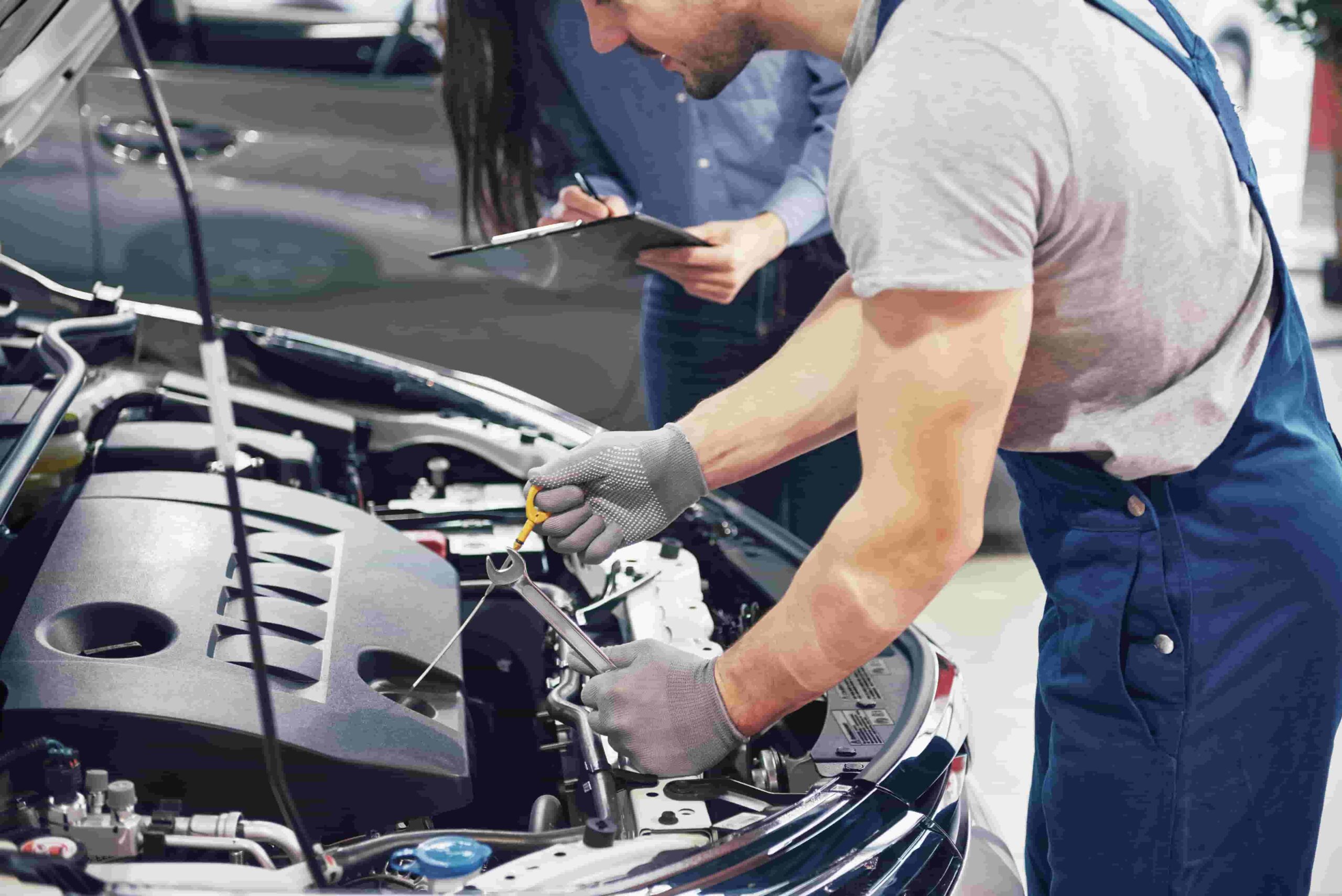Despite our best efforts to drive safely, car accidents can happen at any moment, catching us off guard. Knowing what to do immediately after a collision can make all the difference in ensuring everyone’s safety and safeguarding your legal rights. In this guide, we’ll walk you through the essential steps to take following a car accident, helping you make informed decisions during such stressful events. Whether you’re an accident victim, a legal professional, or a driver looking to be prepared, this guide offers valuable insights tailored to your needs.
Steps to Take Immediately After a Car Accident
Secure the Scene
The first step after a car accident is to secure the scene. Turn on your hazard lights to alert other drivers and, if possible, move your vehicle to a safe location away from traffic. This helps prevent further accidents and ensures everyone’s safety. If moving the vehicle is not possible, stay inside with your seatbelt fastened until help arrives.
Check for Injuries
Once the scene is secure, check yourself and others for injuries. Even minor collisions can cause serious harm, so it’s crucial to assess everyone’s condition. If anyone is injured, avoid moving them and wait for emergency services to arrive. Prioritizing health and safety is paramount.
Call Emergency Services
Immediately dial emergency services to report the accident. Provide accurate information about the location, number of vehicles involved, and any injuries sustained. Emergency responders will handle the situation, ensuring that those in need receive prompt medical attention and that the accident scene is managed effectively.
Exchange Information with the Other Party
While waiting for emergency services, exchange contact and insurance information with the other party involved in the accident. This includes names, phone numbers, addresses, driver’s license numbers, license plate numbers, and insurance details. Cooperate calmly and refrain from discussing fault or liability.
Post-Accident Actions for Accident Victims
Seek Medical Attention
Even if you feel fine, seeking medical attention after an accident is crucial. Some injuries, like whiplash or internal bleeding, may not be immediately apparent. A thorough medical examination ensures that all injuries are documented and treated promptly, preventing complications down the line.
Report the Accident to Your Insurance Company
Notify your insurance company about the accident as soon as possible. Provide them with all necessary details, including the location, time, and nature of the accident. Timely reporting ensures that your claim is processed efficiently and that you’re aware of your coverage and rights.
Document All Evidence
Collecting evidence is vital for supporting your claim and protecting your interests. Take photographs of the accident scene, vehicle damages, and any visible injuries. Obtain witness statements and keep all medical records and receipts related to the accident. This documentation can be invaluable in legal proceedings and insurance claims.
Legal Considerations
Understanding Fault and Liability
Determining fault and liability is a complex process that varies by jurisdiction. It’s essential to understand how these concepts apply to your situation. Fault determines who is responsible for the accident, while liability refers to the financial responsibility for damages. Familiarizing yourself with these terms can help you navigate legal discussions more effectively.
Consultation with a Legal Professional
Consulting with a legal professional experienced in car accidents can provide clarity and guidance. They can help you understand your rights, evaluate your case, and represent your interests in negotiations or court proceedings. Legal advice ensures that you make informed decisions and pursue fair compensation.
The Importance of Preserving Evidence
Preserving evidence is crucial in building a strong case. This includes maintaining all documents, photographs, and communications related to the accident. Avoid altering or discarding any evidence, as doing so can weaken your position. A well-documented case strengthens your chances of a favorable outcome.
Dealing with Insurance Companies
How to Handle Conversations
When dealing with insurance companies, it’s important to remain calm and composed. Provide accurate information without admitting fault or speculating on the cause of the accident. Stick to the facts and avoid discussing details beyond what’s necessary. This approach protects your interests and prevents misunderstandings.
Understanding Your Policy and Rights
Familiarize yourself with your insurance policy to understand your coverage, limits, and rights. Knowing what to expect can help you make informed decisions during the claims process. If you have questions or concerns, don’t hesitate to seek clarification from your insurance provider.
The Role of Technology in Post-Accident Procedures
Use of Mobile Apps for Accident Documentation
Mobile apps designed for accident documentation can streamline the process of collecting and organizing information. These apps often provide checklists, templates, and tools for recording details, taking photographs, and generating reports. Utilizing technology can simplify and expedite post-accident procedures.
Dash Cams and Their Legal Importance
Dash cams are becoming increasingly popular for their role in providing objective evidence during accidents. They capture real-time footage of the incident, helping clarify the sequence of events and potentially determining fault. In legal disputes, dash cam footage can serve as compelling evidence.
The Importance of Post-Accident Support
Emotional and Mental Health Considerations
Car accidents can be traumatic, impacting emotional and mental well-being. It’s important to acknowledge and address these effects. Seeking support from mental health professionals, talking to loved ones, or joining support groups can aid in coping with the aftermath of an accident.
Support Resources for Accident Victims
Numerous resources are available to assist accident victims in their recovery. Organizations and websites offer information, support services, and connections to professionals who can help. Exploring these resources can provide valuable assistance and guidance during a challenging time.
Conclusion
Navigating the aftermath of a car accident involves a series of crucial steps that prioritize safety, legal protection, and emotional well-being. By securing the scene, seeking medical attention, and documenting evidence, you safeguard your interests and facilitate the claims process. Understanding legal considerations and effectively dealing with insurance companies further strengthens your position. Leveraging technology and seeking post-accident support ensures a comprehensive approach to recovery.
Remember, you’re not alone in this journey. Professional guidance can make a significant difference. Share this guide with friends and family to help them be prepared and informed. If you need personalized assistance, don’t hesitate to reach out to experts who can provide the support you need.
Stay safe, stay informed, and take proactive steps to protect yourself and others on the road.


